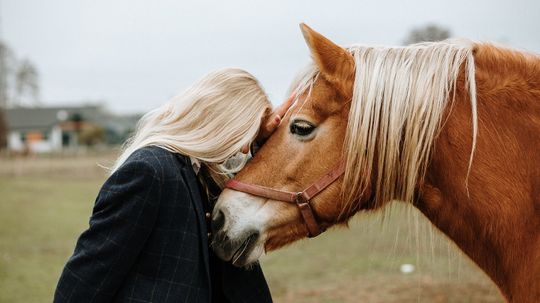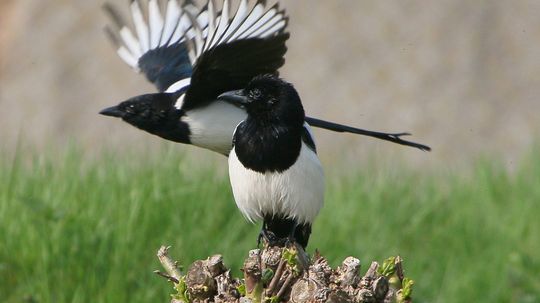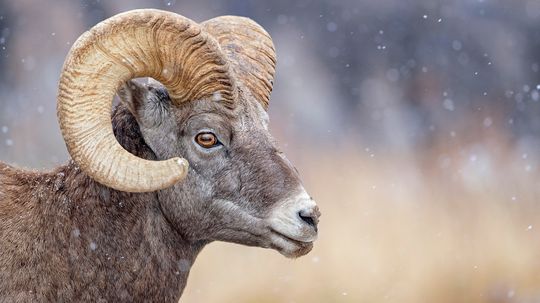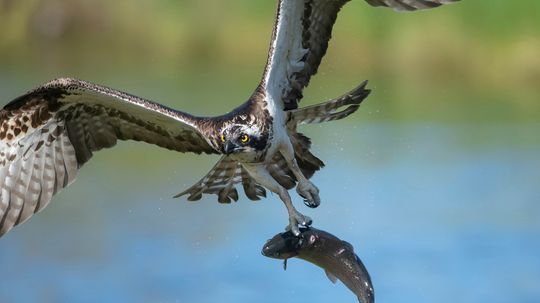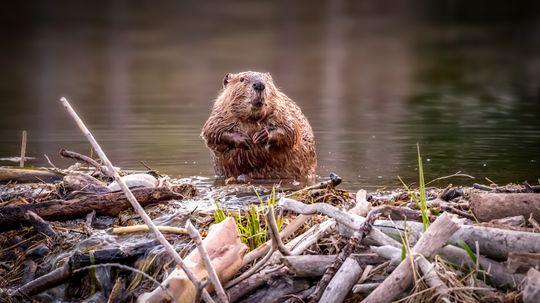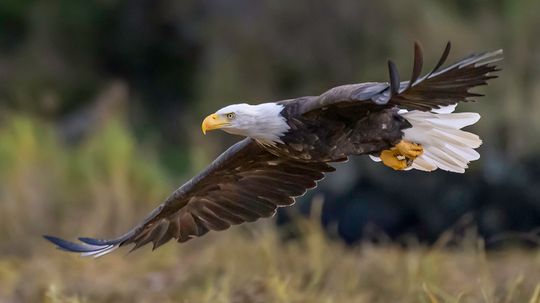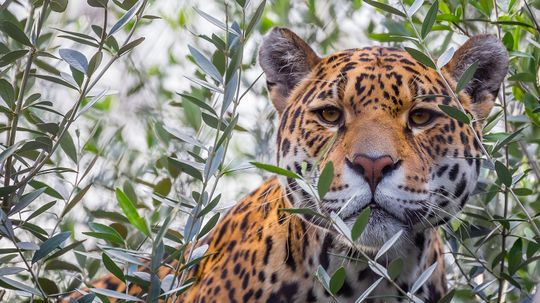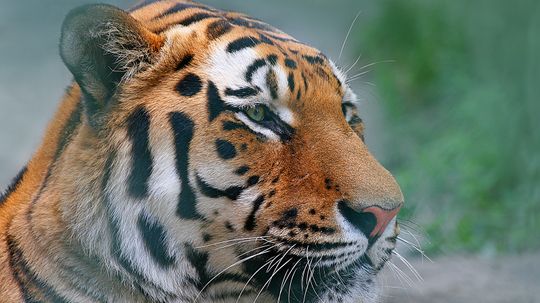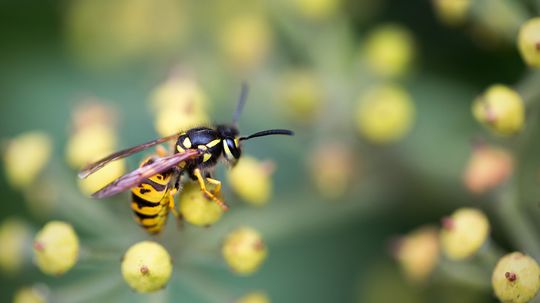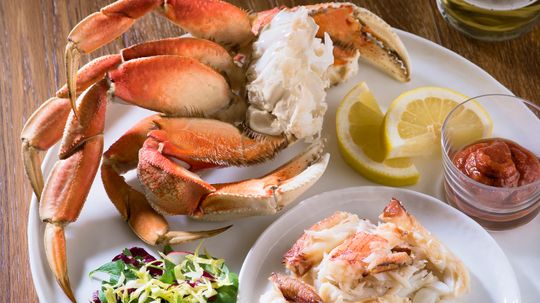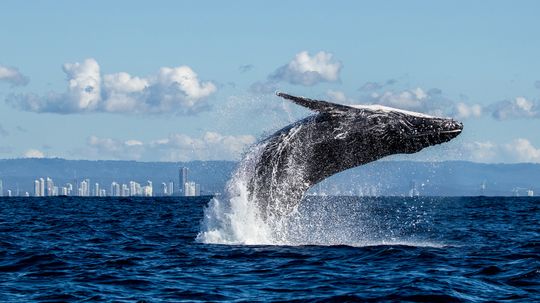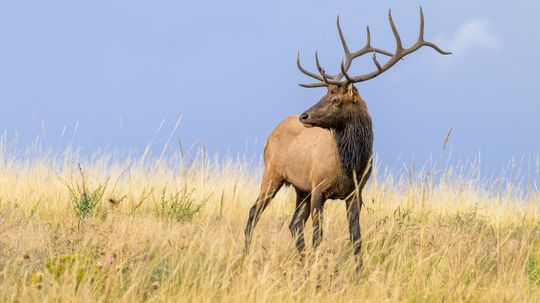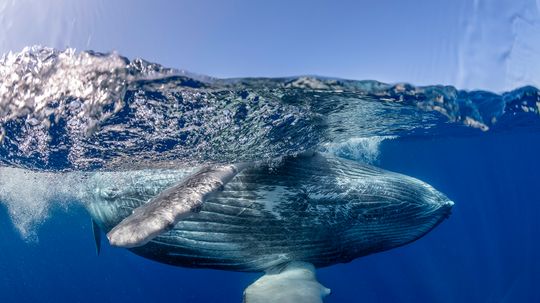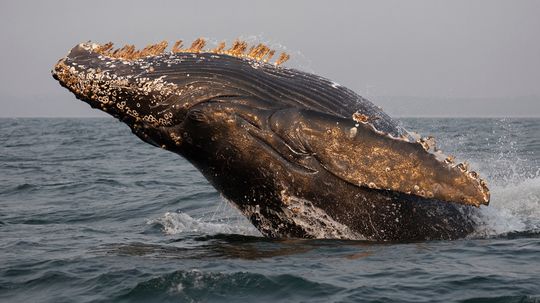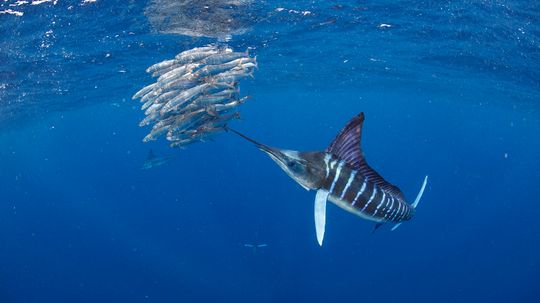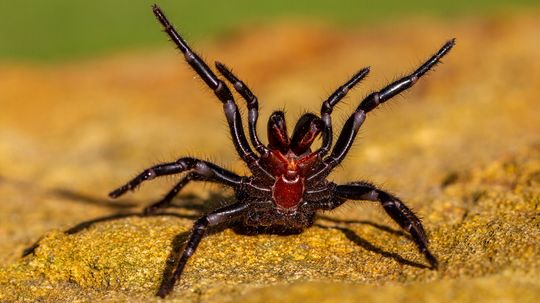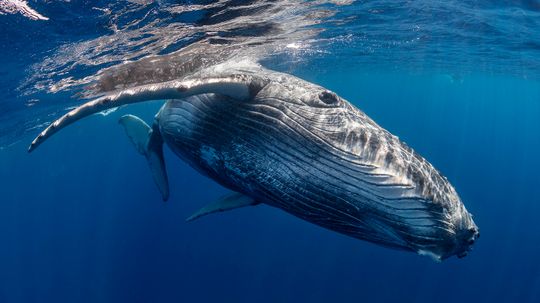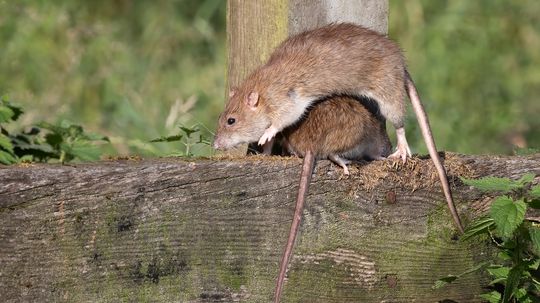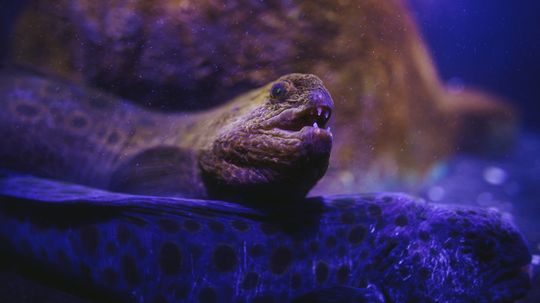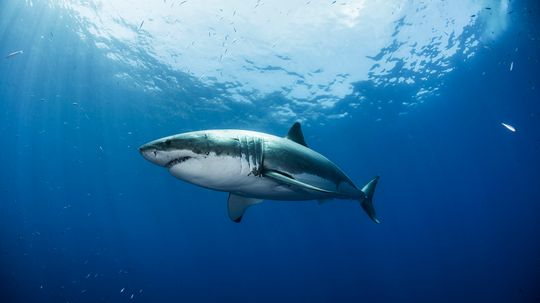Wild Animals
Whether they crawl, fly, swim, slither, walk, run or pounce, wild animals rely on their instincts. Read about all kinds of wild animals, mammals, birds, fish, insects, reptiles and amphibians.
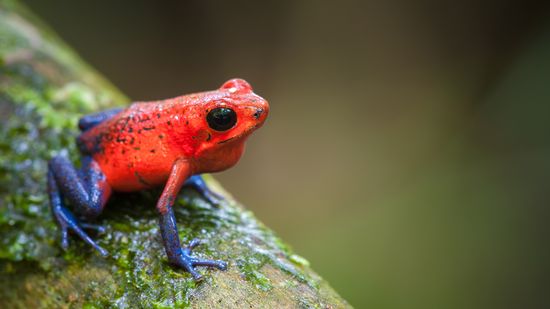
12 Colorful Frog Species: From Tie-dyed Designs to Rare Hues
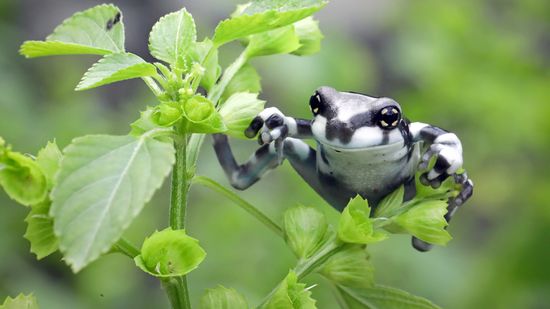
Amazon Milk Frog: Named for Its Defense, Not Its Color
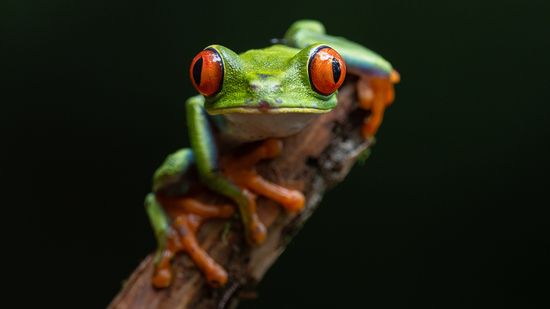
The Red-eyed Tree Frog Has Extremely Sensitive Skin
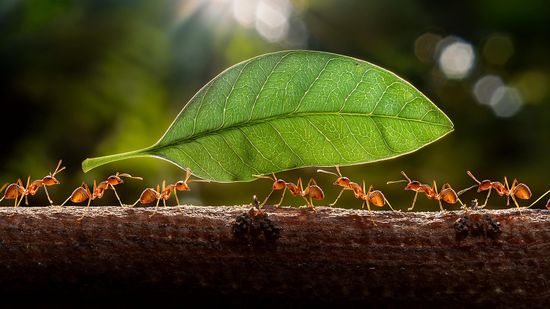
What Is a Group of Ants Called? Army vs. Colony vs. Swarm
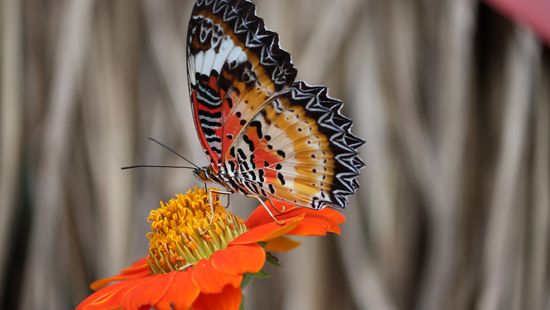
10 Red Butterfly Species Found From India to Florida to Europe
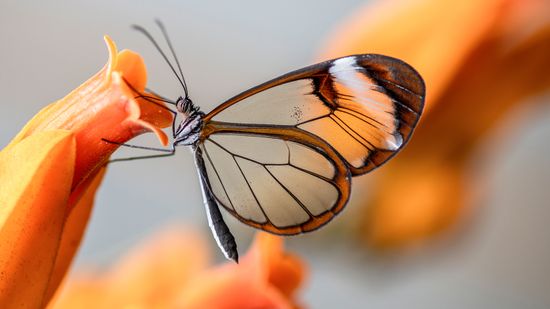
How the Glasswing Butterfly Flutters (Almost) Invisibly
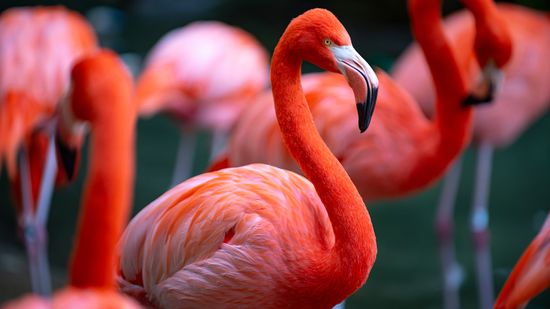
What Is a Group of Flamingos Called? Not a Flock, Another 'F' Word
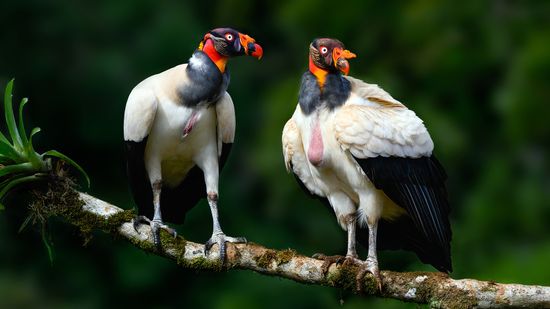
7 Ugliest Bird Species: Evolutionary Qualities That Aren't So Pretty
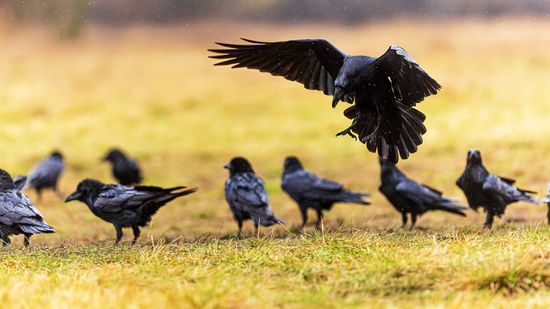
What's a Group of Ravens Called? Not a Murder (That's Crows)
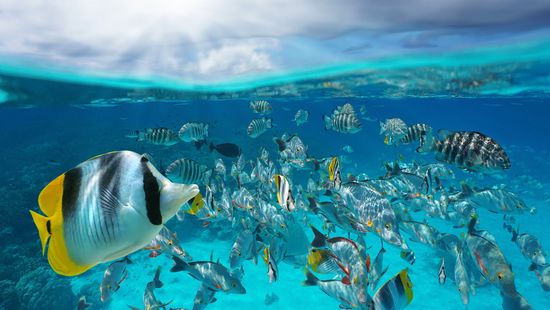
What Is a Group of Fish Called? Not Always a School
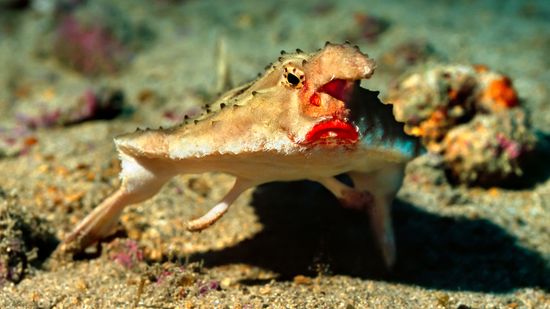
10 Weirdest Fish in the World: Batfish, Hairy Frogfish, and More
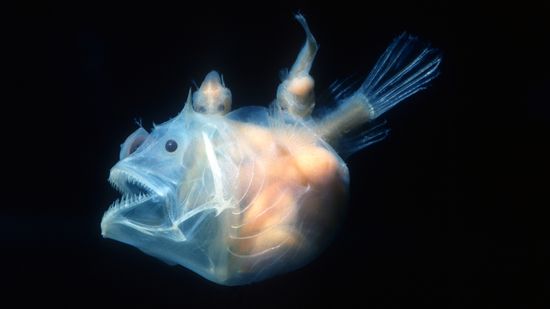
10 Scariest Fish Lurking in Rivers, Deep Ocean Waters, and Shells
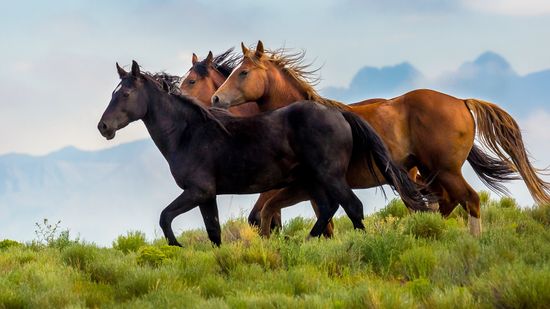
Where Do Horses Originate From? Not Europe, Not Asia
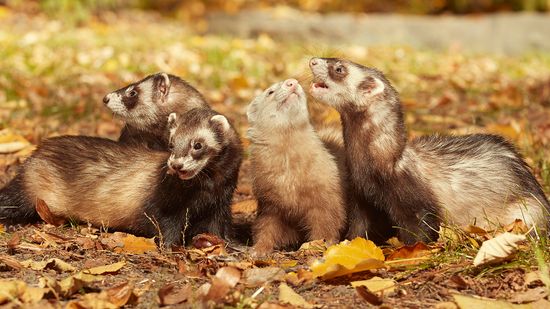
What Is a Group of Ferrets Called? You're Such a Busybody
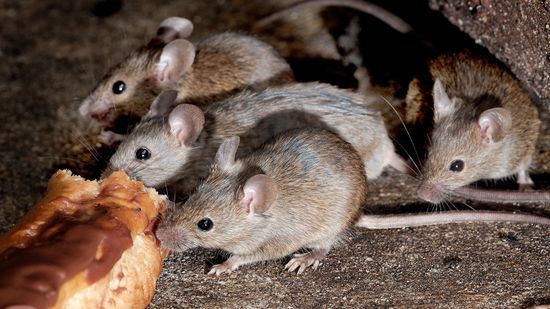
What Is a Group of Mice Called? Not Always a Colony

10 of the Scariest Sea Creatures Lurking in the Ocean's Depths
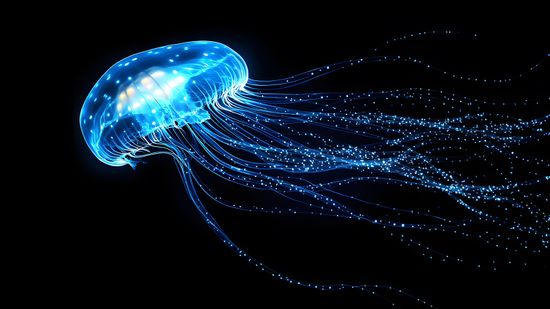
How Bioluminescent Jellyfish Get Their Signature Glow
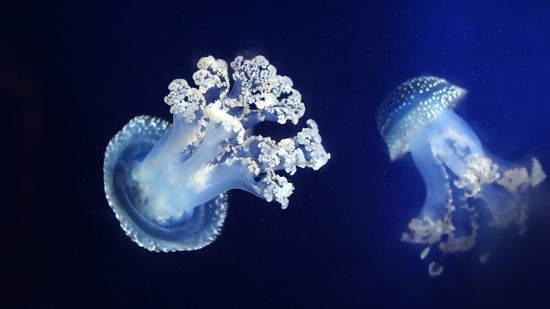
White Spotted Jellyfish: Cute Until They Become Invasive
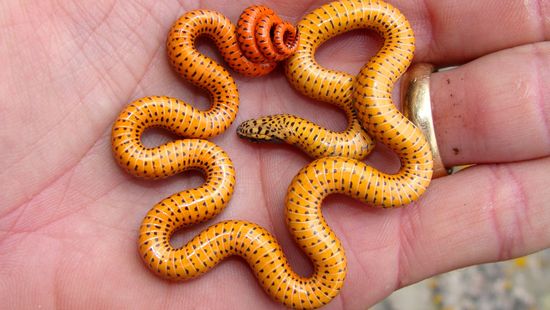
10 Cutest Snake Species That Have Us Squeeing

10 Colorful Lizards to Delight Reptile Lovers
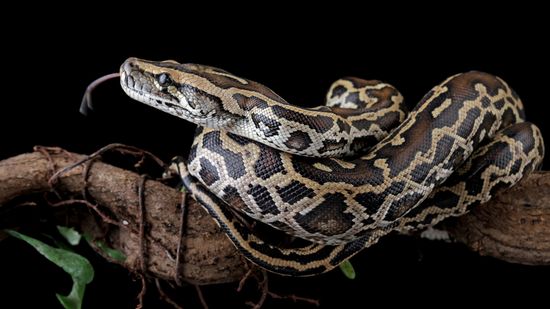
Python vs. Anaconda: Comparing Snakes and Software Languages
Learn More / Page 6
With over 300 horse breeds in the world, the horse world is mighty diverse. From miniature horses to heavy draft breeds, the types of horses can be grouped by size, temperament and purpose.
By Nico Avelle
Birds are more than chirps and feathers. Some of the smartest birds rival primates when it comes to solving problems and navigating complex environments.
By Nico Avelle
Though often confused, rams and goats are two distinct animals with different traits, behaviors, and roles in livestock farming. When comparing ram vs. goat traits, it helps to start with a clear understanding of what each term means.
By Nico Avelle
Advertisement
At first glance, ospreys and eagles might seem like interchangeable kings of the sky. But when making osprey vs. eagle comparisons, you'll find these two impressive birds have more differences than similarities.
By Nico Avelle
Beavers and groundhogs might look similar to the untrained eye, but a close beaver vs. groundhog comparison reveals a tale of two very different creatures.
By Nico Avelle
If you've ever looked up and wondered which raptor you're watching, you're not alone. The eagle vs. hawk comparison is important to casual birders and nature lovers alike.
By Nico Avelle
Hog vs. pig: What’s the difference? If you’ve ever wondered whether the two are just different names for the same animal, you're not alone. While they’re closely related, it's not always correct to use these terms interchangeably.
By Nico Avelle
Advertisement
When it comes to big cats, few comparisons get more attention than the showdown of panther vs. jaguar. These animals are powerful, stealthy and mysterious members of the animal kingdom. But are they actually separate species, or is the difference only fur-deep?
By Nico Avelle
Step aside, heavyweight champions of the animal world! There’s a Siberian tiger vs. Bengal tiger showdown that deserves center stage.
By Nico Avelle
Think all wasps are just angry insects looking to ruin your picnic? Think again. There are types of wasps that build nests underground, some that live in solitary splendor and others that are downright helpful to your garden.
By Nico Avelle
Seafood lovers, gather 'round! When it comes to crab on your plate, two heavy hitters often make a splash. That's why we're here to talk about Dungeness crab vs. snow crab.
By Nico Avelle
Advertisement
If you’ve ever watched whales surfacing with a dramatic blow from their blowholes, you’ve probably wondered: How often do whales come up for air?
By Nico Avelle
When you're hiking through the woods or watching wildlife documentaries, you might find yourself wondering about the differences between two majestic creatures: elk vs. deer.
By Nico Avelle
It’s a question that puzzles many ocean lovers: How do whales sleep without drowning? Unlike us, whales are voluntary breathers, meaning they have to consciously come up for their next breath. That makes their sleeping habits pretty unique among marine mammals.
By Nico Avelle
Spotting a roach can trigger immediate alarm but not all roaches are the same. While wood roaches might startle you, they aren't the same threat as German or American cockroaches.
By Nico Avelle
Advertisement
If you've ever seen images of baleen whales covered in little white bumps, you’ve probably wondered—what’s the deal with barnacles on whales? These crusty hitchhikers may look like pests, but they tell a fascinating story of marine life, symbiosis and survival.
By Nico Avelle
They’re both long, sleek, and carry a sword-like bill, but when it comes to swordfish vs. marlin, these titans of the sea are anything but interchangeable. Whether you're into deep sea fishing or browsing seafood menus, knowing the difference between a swordfish and a marlin can make all the difference.
By Nico Avelle
If you think you've seen a funnel-web spider before, think again. The Newcastle funnel-web isn't just a bigger version of the spiders you've heard about from Sydney. It's Atrax christenseni, a newly identified species that's separate from the classic Sydney funnel-web spider, Atrax robustus.
By Nico Avelle
If you've ever wondered, "Are whales mammals?" the answer is a resounding yes. Despite their fish-like appearance, whales belong to the order Cetacea and share many features with other mammals. From breathing air to nursing their young, these marine giants check every mammalian box.
By Nico Avelle
Advertisement
Few phenomena are as strange, grotesque and captivating as the rat king — a creature that has fascinated and unsettled people for centuries.
By Nico Avelle
With their serpentine bodies, massive jaws and slightly grumpy expressions, the wolf eel is one of the most misunderstood creatures beneath the waves.
By Nico Avelle
In the world of ocean giants, one name stands out: the Deep Blue shark.
By Nico Avelle
Gliding through the canopies of southeast Asia, the paradise flying snake (Chrysopelea paradisi) cuts a striking figure.
By Nico Avelle
Advertisement
Lions, one of the most iconic big cats in the animal kingdom, belong to the species Panthera leo, but not all lions are the same. There are several recognized subspecies, each adapted to a specific region and environmental conditions.
By Nico Avelle
A summer day on the beach took a terrifying turn when a South Padre Island shark attack left beachgoers stunned and one woman seriously injured.
By Nico Avelle
